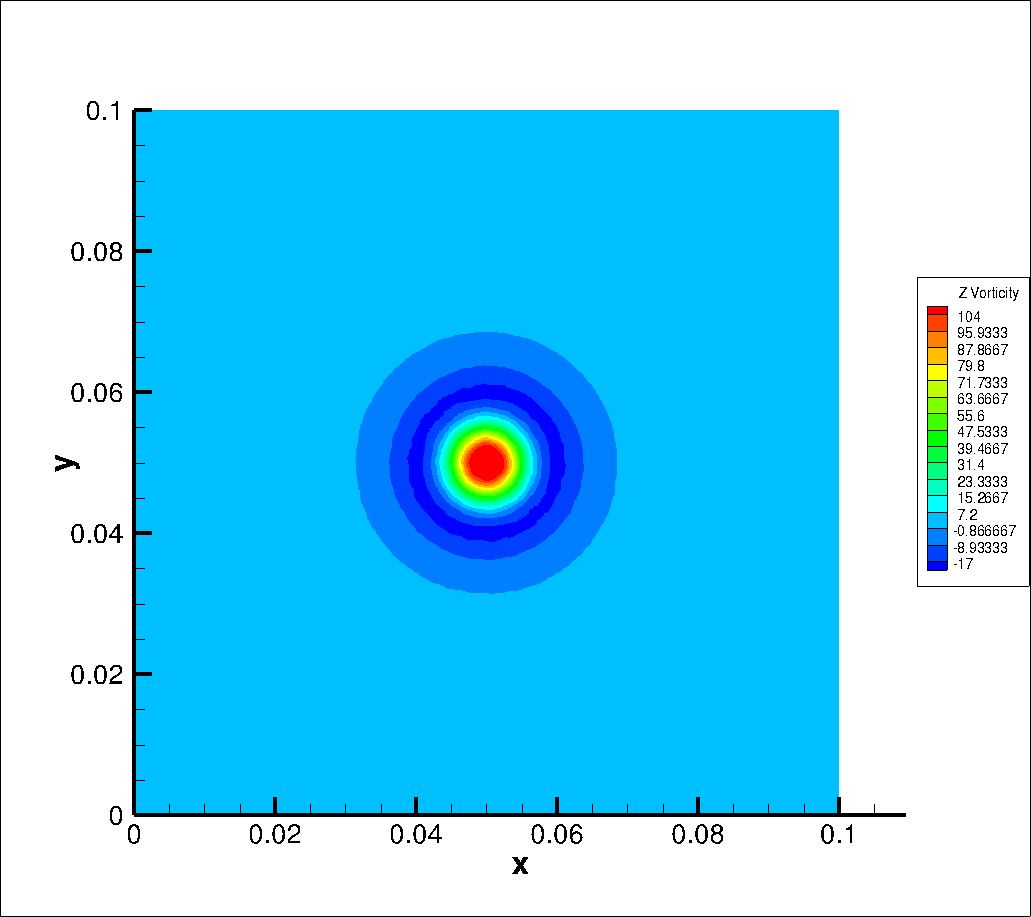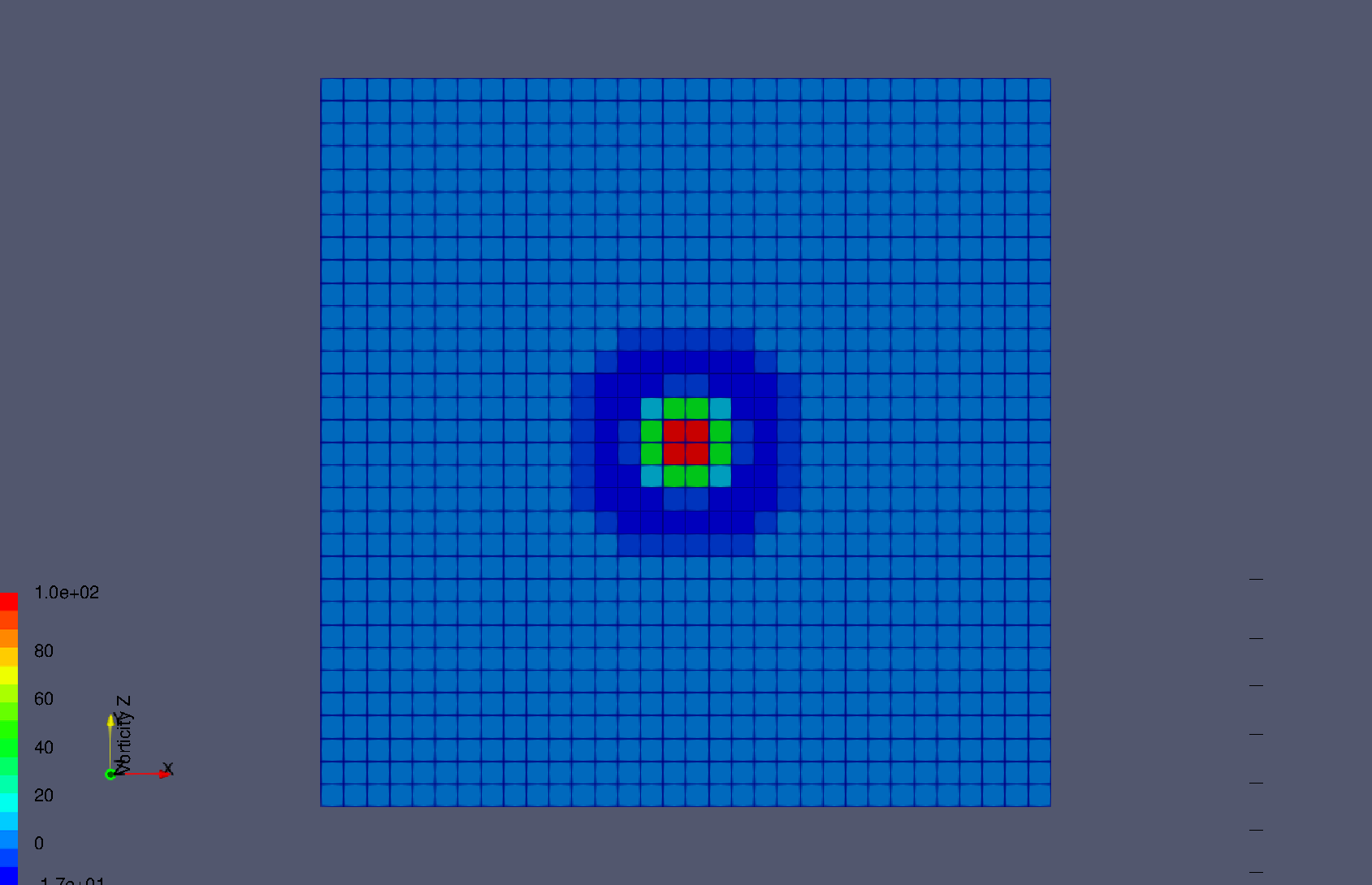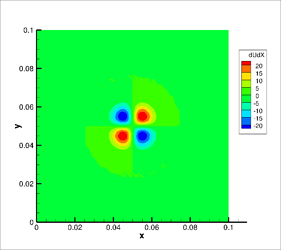



PLT: The second data type is the Tecplot PLT binary format (*. However, when data sets become large, the inefficiency of ASCII data storage quickly becomes apparent and a binary format should be considered. This is a simple human-readable or -writeable format and is perfect for smaller data sets when working between multiple applications. In this video, the uses and differences between Tecplot 360’s three different native data file types are described.ĭAT: The first and most basic data type is the ASCII DAT data format (*. This video describes the differences between Tecplot native file types: DAT, PLT and SZPLT, and when using each type is the most beneficial.


 0 kommentar(er)
0 kommentar(er)
